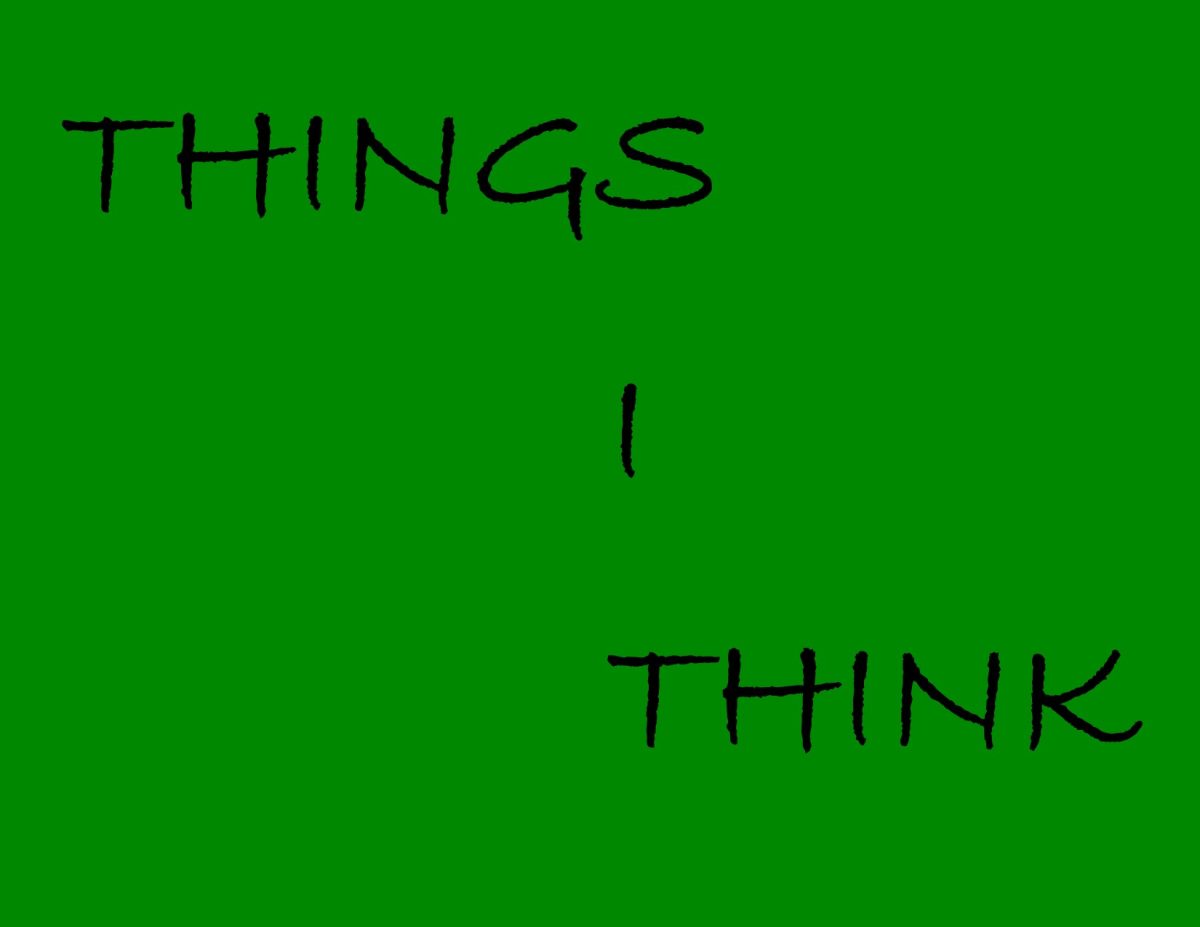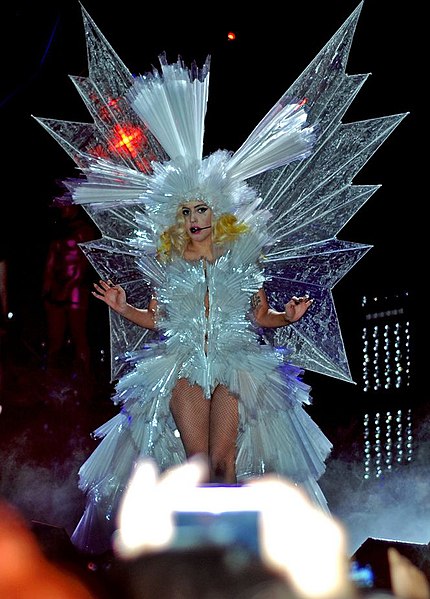How Pokémon Dominates the Video Game World
25 Years of Dominance
November 15, 2022
I’m certain we all know something about Pokémon, whether it’s the cute yellow mouse or the lucrative trading card market, but not many know about the stranglehold the franchise has on the video game market for the last 25 years.
In one week Nintendo will release the 38th main series installments of the series and the 9th generation of Pokémon with Scarlet and Violet, so a look back on what has made them so dominant seems appropriate.
Pokémon is an RPG (role playing game) where you control a “Pokémon trainer” named Red who travels the world catching and training Pokémon. Your goal is to defeat eight gyms, or Pokémon battling challenges, and become the champion of the region. The regions are based on real world locations, such as Unova being based on New York, or Galar being based on the UK.
Pokémon first released in Japan on February 27th, 1996, with Red and Green version for the GameBoy, and after its massive success, was released to the rest of the world as Red and Blue Version on September 28th, 1998. Their success led to a Yellow version to try to appeal to the fans of the Anime. These versions combined to sell 47.5 million copies and are the 9th best selling game of all time.
Fans soon made it clear that the original 151 Pokémon were not enough, and the Kanto Region would not be enough for them. This attention prompted Gamefreak to release two new games on October 15th, 2000, Gold and Silver for the GameBoy Color, where fans could explore the new Johto region, and once they complete the game they’re given the freedom to return to Kanto, where they can relive the experience of Red, Blue, and Green.
They continued this trend for 25 years, also re-making the classics with updated graphics on the newer systems. Seems simple enough, right? What about Pokémon makes it so much more successful than every other game?
I believe three main things have led to their success, timing, marketability, and intricacy.
Timing
Pokémon released in 1996, other notable releases in 1996 include Super Mario 64, Mario Kart 64, and Resident Evil, but none of those games were released on a handheld console like the GameBoy. Pokémon entered the spotlight because it didn’t have any competition. It was far and away the most “modern” game released, and it was the most advanced game on the market for a system like the GameBoy.
Pokemon revolutionized what people thought was possible on a handheld console, as the game contained 30 hours of content as well as intricate secrets and side quests. In a time where platformers like Super Mario needed to be simplified in order to account for the processing power of the GameBoy, Pokemon cut zero corners and created a legendary game.
Marketability
Pokémon is the most marketable franchise ever created. From Pikachu to Eevee to Charmander and beyond, Pokémon has created some of the most marketable characters in history. Many among us have owned a plush at some point, or at the very least known someone who did.
It also helps to release 38 games that impact the ever expanding story in one way or another. They release a new $60 game almost every year at this point, and they often release multiple in the same year. Fans are put in a position where they must purchase a new game every time one releases in order to keep up.
There’s also the cards. They had to be mentioned eventually. Pokémon cards are a lucrative business on their own, but they also serve as a gateway of sorts for fans to begin playing the games. It happened for me. I used to open packs every once in a while, then I picked up my brother’s Nintendo DS to use some of my favorite Pokémon in the game, and it roped me in from there.
Intricacy
Pokémon is secretly one of the most intricate games ever conceived. To the naked eye, you’ve got 30 hours of play time to beat the game and complete the story, with a bit of post game content, but to those in the know, there’s countless hours to spend creating competitive teams to battle against their friends or hunting for the 1 in 4096 shiny Pokémon with slightly altered coloration.
Pokémon has multiple hidden stats, known as “EVs” or Effort Values, and “IVs” or Individual Values, which determine the battling capability of a Pokémon beyond their “Base Stats.” I could never hope to explain all the intricate details included in the games, but here’s a link to “Smogon,” a forum where Pokémon players can converse and battle, and it also possesses all the rules and tiers to keep battles fair.
I’d be remiss to not mention some of Pokémon‘s more prominent games that don’t pertain to the story, such as Pokémon Go and Pokémon Stadium for the Nintendo 64.
Pokémon is a media giant with no signs of slowing down any time soon. Pokémon Red, Blue, and Green revolutionized handheld consoles, Pokémon Go revolutionized mobile gaming, Pokémon trading cards revolutionized the trading card industry, and the Pokémon anime revolutionized children’s television.
Oh, and Pokémon is the most valuable media franchise in the world.


































